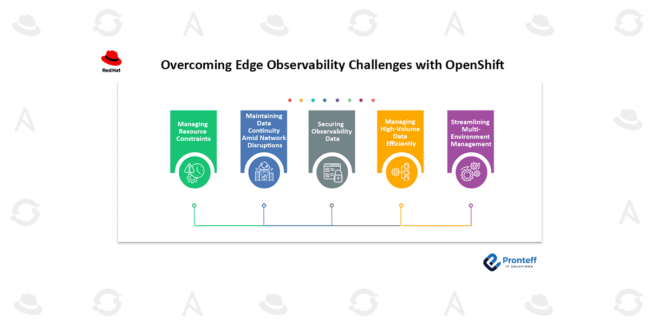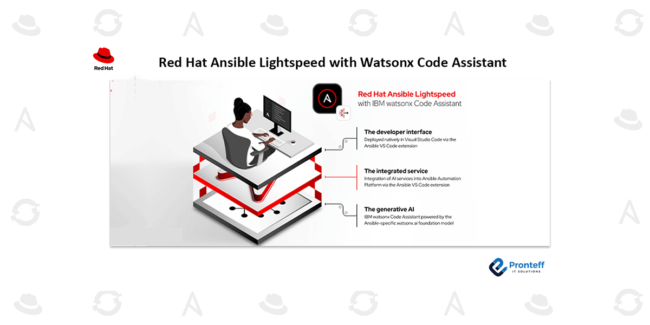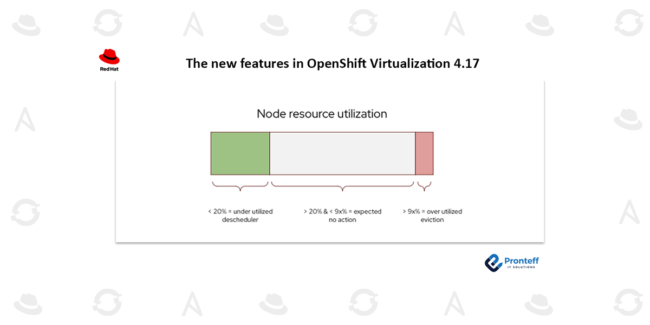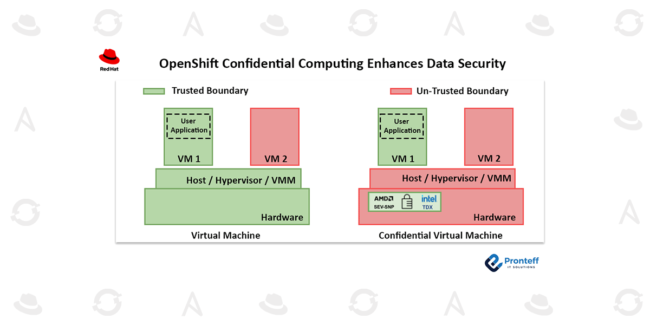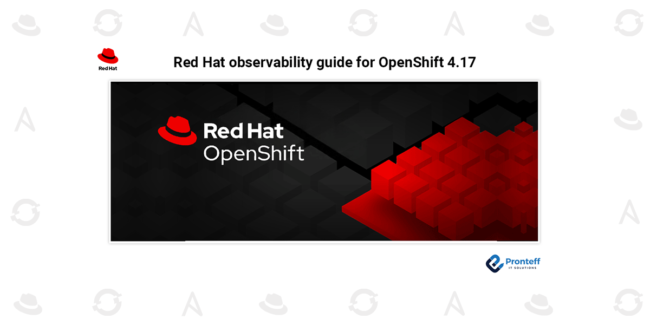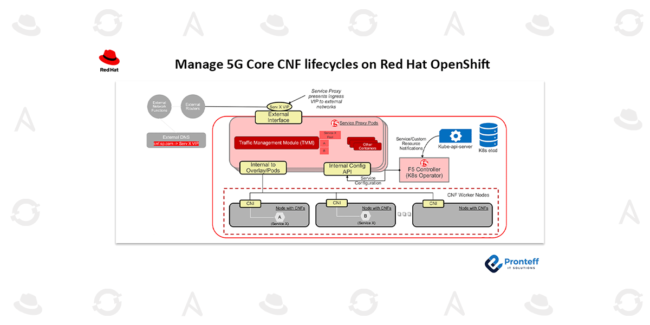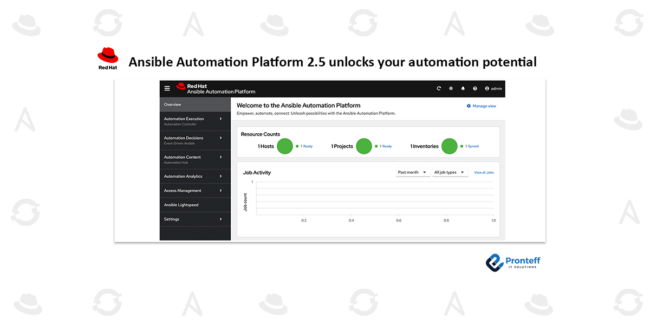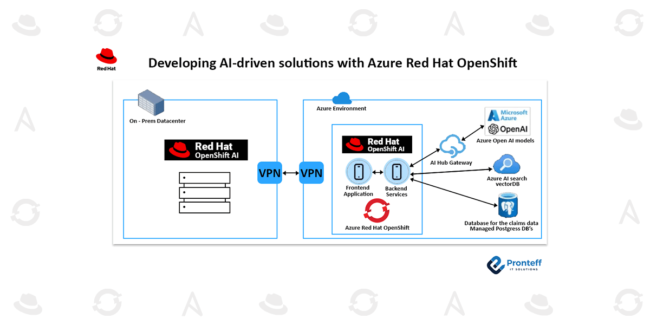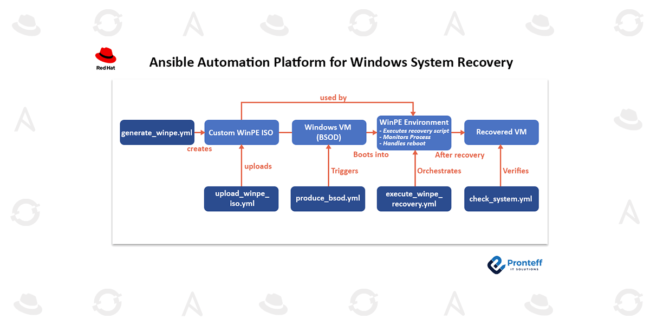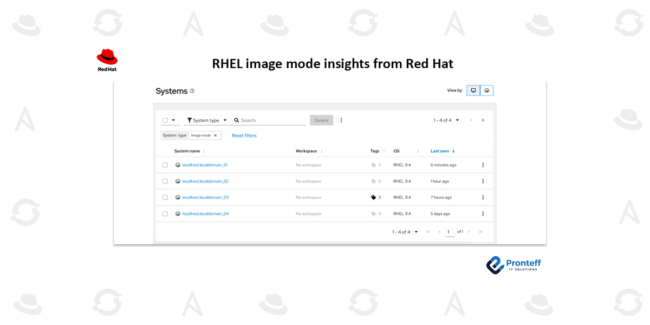Overcoming Edge Observability Challenges with OpenShift
Overcoming Edge Observability Challenges with OpenShift In this blog, we will learn how to overcome edge observability challenges with OpenShift. Edge computing is transforming how organizations process and analyze data by moving computation closer to data sources. However, this shift brings new challenges in maintaining visibility and control across distributed environments. This article examines how…


